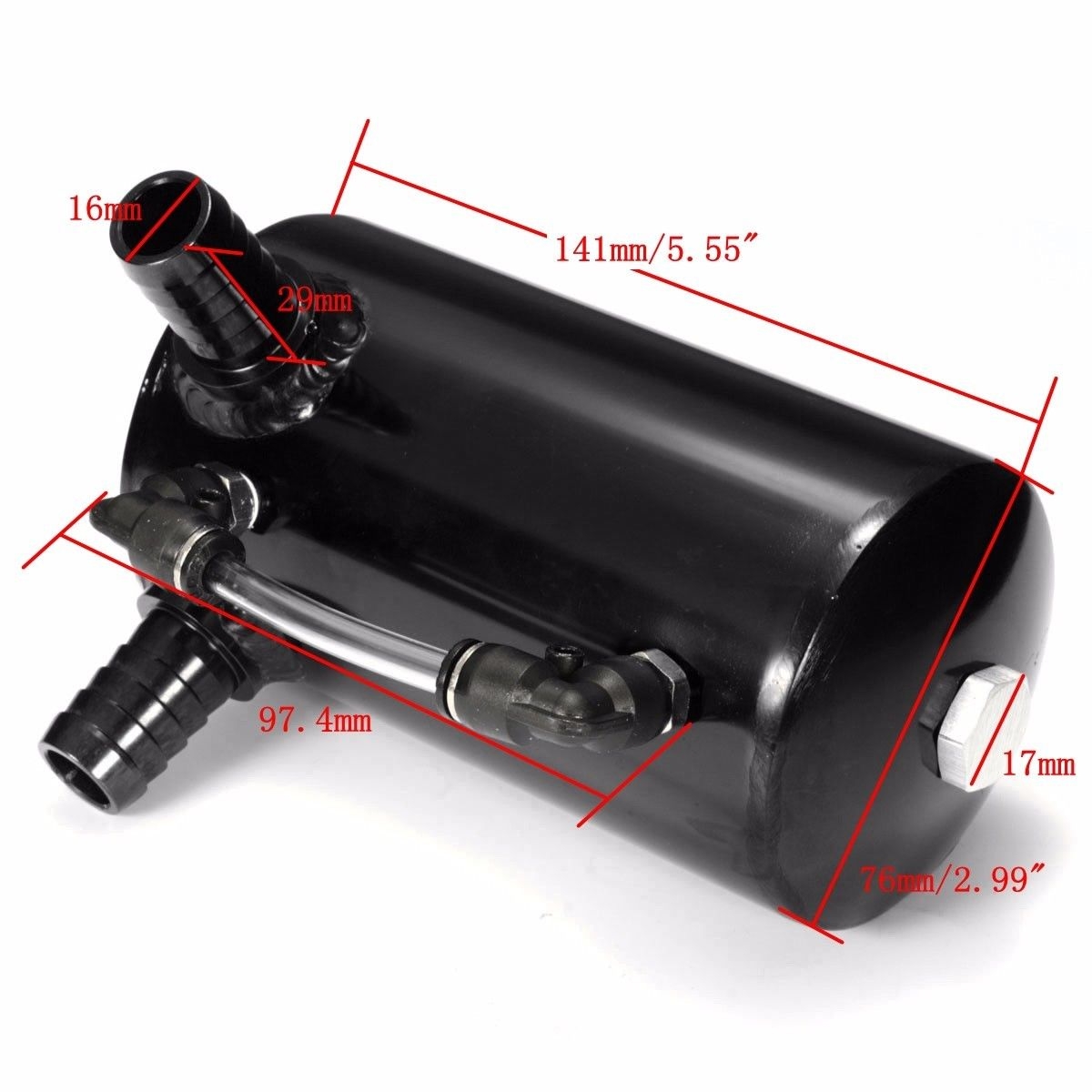mtdanet
Member
Hi All....As you can probably tell I'm working on my engine installation. I need a air/oil separator and was looking at one I found on Ebay and was hoping for your collective wisdom
 https://www.ebay.com/itm/Engine-Oil-Reservoir-Catch-Can-Tank-Kit-Breather-Filter-Baffled-Aluminum-0-5L-/372138183089?_trksid=p2349526.m4383.l4275.c10 It looks as if it's well built, nicely finished and a great price with free shipping. With two ports I assume are inlet and atmosphere?? and a drain when oil level needs to be reduced. So what do you think.
https://www.ebay.com/itm/Engine-Oil-Reservoir-Catch-Can-Tank-Kit-Breather-Filter-Baffled-Aluminum-0-5L-/372138183089?_trksid=p2349526.m4383.l4275.c10 It looks as if it's well built, nicely finished and a great price with free shipping. With two ports I assume are inlet and atmosphere?? and a drain when oil level needs to be reduced. So what do you think.
Thanks in advance
Blue Skies
John

Thanks in advance
Blue Skies
John





